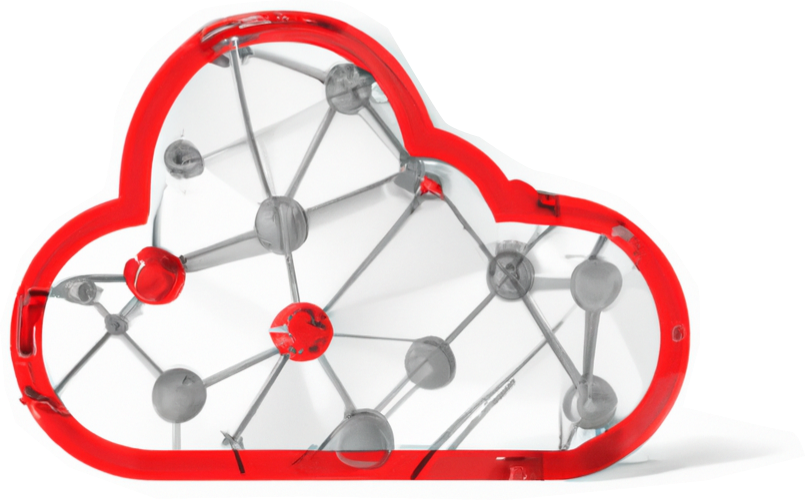Clear View
DATA SOLUTIONS
What is Retail Analytics?
If you were looking for: What is the meaning of retail analytics? What does retail analytics mean? How do stores count customers?
Retail analytics refers to the process of collecting, analyzing, and interpreting data related to various aspects of retail operations with the aim of making informed business decisions. This data encompasses a wide range of information, including sales transactions, customer demographics, inventory levels, foot traffic, marketing effectiveness, and more. By leveraging advanced analytical techniques and technologies, retailers can gain valuable insights into their business performance and consumer behavior, ultimately driving improvements in sales, profitability, and customer satisfaction.
Key components of retail analytics include:
1. Sales Analytics:
Analysis of sales data to identify trends, patterns, and anomalies, such as seasonality, product performance, and geographical variations. This information helps retailers understand which products are selling well, forecast demand, and optimize pricing strategies.
2. Customer Analytics:
Examination of customer data to gain insights into demographics, preferences, buying behavior, and lifetime value. Retailers use customer analytics to personalize marketing campaigns, tailor product offerings, and enhance the overall shopping experience.
3. Inventory Analytics:
Analysis of inventory data to optimize stocking levels, minimize stockouts and overstock situations, and improve inventory turnover. Retailers use inventory analytics to forecast demand, identify slow-moving or obsolete items, and streamline supply chain processes.
4. Marketing Analytics:
Evaluation of marketing campaigns and promotions to assess their effectiveness in driving sales and customer engagement. Retailers use marketing analytics to measure return on investment (ROI), allocate marketing budgets, and target the right audience with relevant messaging.
5. Foot Traffic Analytics:
Analysis of foot traffic data within retail stores to understand customer behavior, optimize store layouts, and improve operational efficiency. Retailers use foot traffic analytics to identify peak hours, congestion points, and opportunities for staff optimization.
6. Predictive Analytics:
Utilization of advanced statistical models and machine learning algorithms to forecast future trends, anticipate customer preferences, and optimize business decisions. Predictive analytics helps retailers proactively address challenges and capitalize on opportunities in the dynamic retail landscape.
Overall, retail analytics empowers retailers to make data-driven decisions across various aspects of their business, from merchandising and marketing to operations and customer service, ultimately driving growth and competitive advantage in the retail industry.

